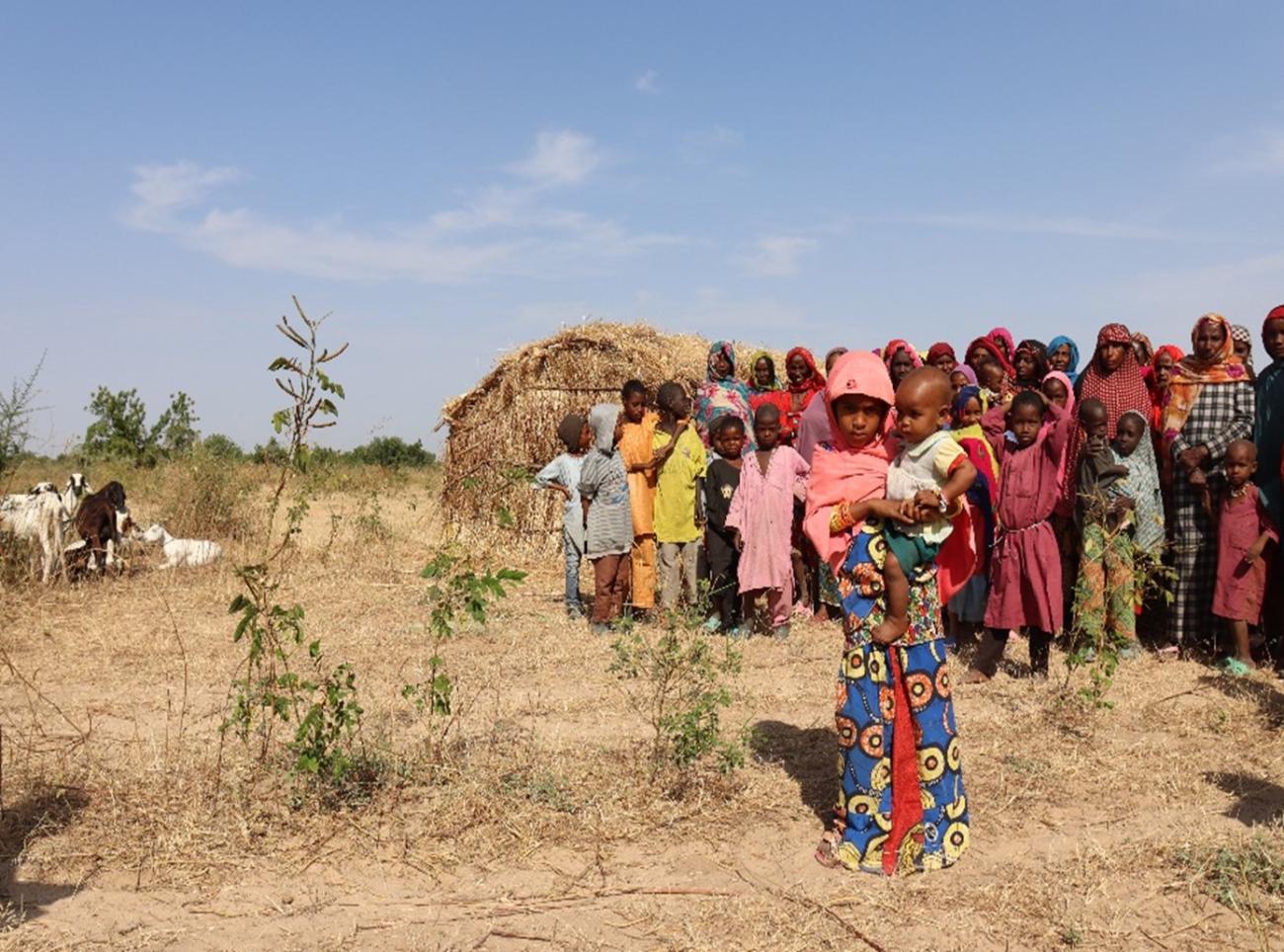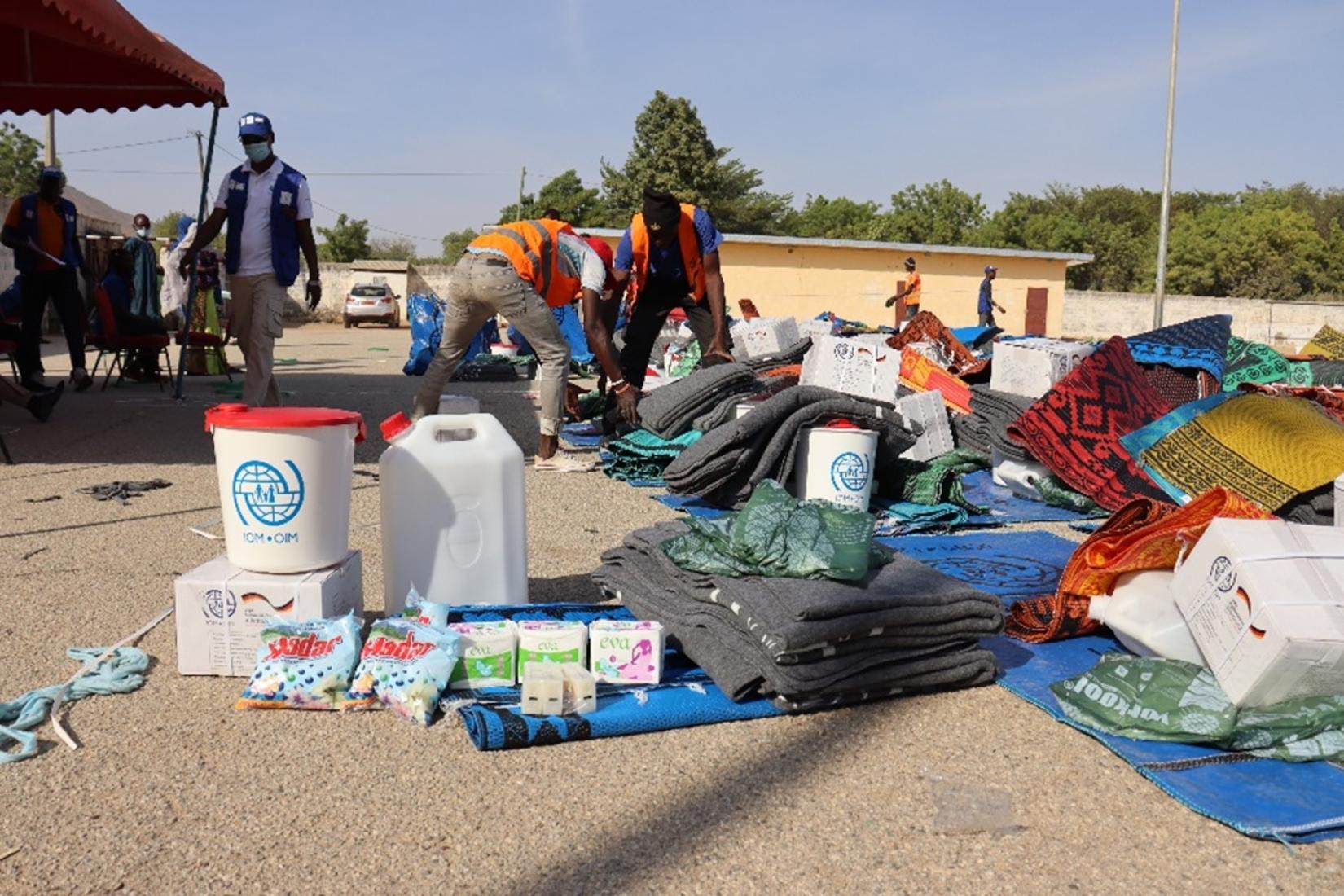Renewal of Intercommunity conflicts in the Far North region

On 5 December 2021, a new intercommunity conflict broke out in the Logone Birni district, 38 km South-West of Kousseri town
On 5 December 2021, a new intercommunity conflict broke out in the Logone Birni district, 38 km South-West of Kousseri town, in the Far North region. Local sources reported that clashes originated from a dispute around water access between two people from different local communities in Ouloumsa village. On 8 December, the conflict intensified, and clashes spread across the Logone and Chari and Mayo-Danay divisions. It caused the death of at least 44 people, but local sources suggest that this number could be higher. The conflict also led to the injury of over 100 people, the destruction and burning of houses and businesses, and resulted in significant population displacements across the region.
According to local sources, the situation relatively subsided in affected regions and is contained by State security forces. However, the United Nations Department of Safety and Security (UNDSS) and humanitarian partners on the ground reported isolated incidents in the Logone et Chari division. Affected populations remain wary of the situation and worried for their security, while returns remain limited
As of 28 January 2022, the rapid response mechanism (RRM) registered 36,271 people, 5,269 households, displaced in Cameroon: 10,464 individuals (1,546 households) in the Diamaré division, 25,510 individuals (3,675 households) in the Logone et Chari division, and 297 individuals (48 households) in the Mayo-Sava division. Finalizing assessments remains challenging as internally displaced people (IDP) are both in urban and rural areas.

As of 2 February 2022, the United Nations High Commission for Refugees (UNHCR) and the Chadian authorities pre-registered 43,498 Cameroonian refugees out of which 5,651 people were relocated to two camps and registered. UNHCR Chad planned for the arrival of 60,000 refugees, however this statistic is provisional as pre-registering is still ongoing. An unknown number of Cameroonian refugees are hosted by host communities, and some may be Chadian returnees. Pendular movements remain frequent.
At of the end of December, the RRM estimated that 1,819 people (237 households) returned to their village of origin in the Logone Birni district. 80 per cent of those returnees came from Chad. Mid-January, local authorities in the Diamaré flagged the return of around 60 IDPs to Mayo-Danay. Their home and livelihood were destroyed and they are in urgent need of humanitarian assistance.
The multisectoral needs assessments continue to cover villages that the RRM had not initially covered in the Logone et Chari, Diamaré, and Mayo-Sava divisions. Pendular movements and the lack of official identity documents remain a significant challenge impeding IDPs registration.
In Diamaré, local authorities provided displaced populations with the Domayo site in Maroua 1er district and three other sites in Bogo division (Ardjaniré, Ouro Djoukoulé et Kourdaya). In the rest of the division, in Maroua 2ème, 3ème and Petté districts, in Logone et Chari, and in Mayo-Sava IDPs are found both in spontaneous settlements, while others are hosted by local communities.
OCHA is coordinating the response with humanitarian agencies providing food, health, water, sanitation and hygiene (WASH), shelter, non-food items (NFIs), protection, and education assistance to IDPs mainly in Diamaré and Logone and Chari; needs remain critical across the region.
An advocacy note was released in February highlighting the humanitarian response strategy, the current situation of the response, and the needs per sector. At least US$ 8.6 million are required to ensure an effective response.









